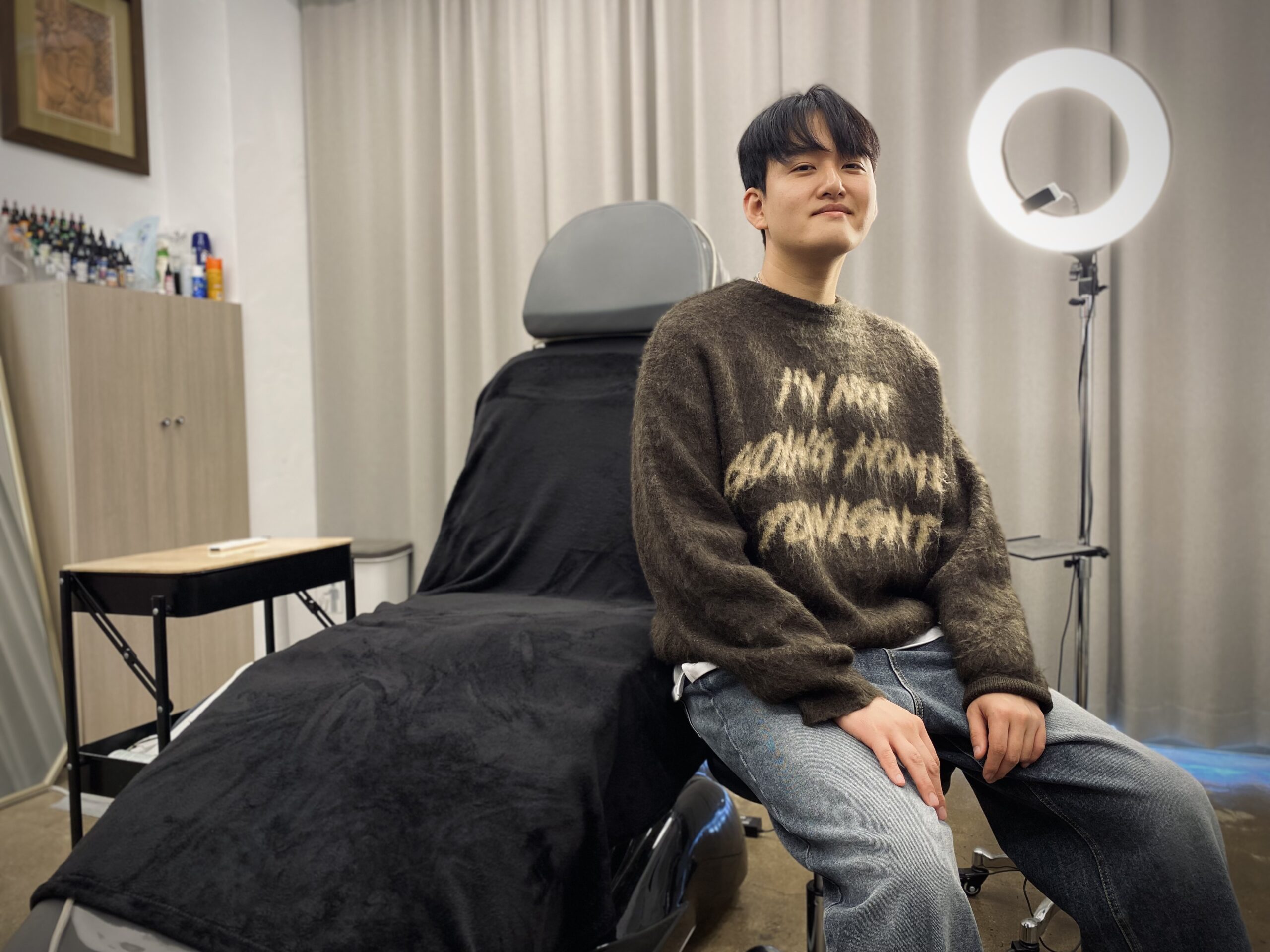A Place of Refuge: Gwangju Support Center for Foreign Workers
By Laura Becker
When Americans, Canadians, and other Anglophonic nationals think of foreigners in Korea, they might naturally picture English teachers. E-2 visa holders are predominantly, though not exclusively, white and occupy white-collar English teaching jobs that, by global standards, offer good working conditions and a comfortable lifestyle.
In reality, most foreigners in Korea are neither native English speakers nor white-collar workers. November 2013 data from the Ministry of Justice Immigration Office showed that 92.2 percent of the 620,967 immigrant workers with work permits were nonprofessional laborers.
Migrant workers’ jobs are concentrated in the “3D” category: dirty, dangerous, and difficult. Starting in the late 1980s and early 1990s, the government began accommodating the demands of small and medium-sized enterprises (SMEs) by allowing an influx of migrant laborers. As a result, Korea is an increasingly multiethnic society, with the foreigner population now at 3.4 percent. Far from creating a multicultural utopia, however, this has given rise to a new underclass in Korean society.
The migrant workers’ situation is strikingly similar to that of working-class Koreans in the 1960s, 70s, and 80s. Like the ethnic Korean workers before them, migrant laborers occupy positions in agricultural industries and in urban SMEs. Without these workers, many industries in Korea would be paralyzed; they are nonetheless often treated as “transparent people,” made to endure long working hours, low wages and poor working conditions. Under the Employment Permit System (EPS), migrant workers must obtain permission from their employers in order to change jobs, which benefits SMEs and leaves workers vulnerable to exploitation.
Samsung subcontractors and small assembly, injection, molding, or construction companies employ many migrant workers in Gwangju and South Jeolla Province. A number of support centers are working to advance the human rights of migrant workers in Gwangju and other South Jeolla Province communities such as Jangseong, Naju, and Hwasun.
The Gwangju Support Center for Foreign Workers (GJFC) in Gwangsan district was founded in November 2014 and is funded by the Ministry of Employment and Labor. Gwang-ju Go, Operation of Education Manager, referred to the center’s clients as “friends” and emphasized respect for their diverse ethnic and religious backgrounds. According to Go, most of the center’s clients come from Vietnam and Cambodia, as well as the Philippines, Mongolia, Sri Lanka, Indonesia, East Timor, Nepal, and others. Twelve full-time staff members include counselors who are bilingual in Korean and clients’ native languages.
Go explained that it takes an average of three years for a client to become fluent in Korean. Every Sunday, the lobby is crowded with workers who use their day off to take Korean language classes at the center.
In addition to the initial language barrier, Go said that the most common obstacles faced by migrant workers are health problems and wage theft. Because most of the clients work in factories, they perform repetitive motions that cause overuse and stress injuries, but continue working through chronic pain because their long hours leave no time to visit a hospital during the week. On Sundays, the GJFC becomes a makeshift medical clinic, with doctors and nurses providing treatment, traditional medicine, and dental care at no cost.
“The most common reason for workers to seek out the center is wage theft,” Go explained. If a worker is not being paid, the GJFC acts as a liaison with the employer, first notifying the employer of the wages owed. If the employer does not pay, the next step is for the center to report the business to the Ministry of Labor, at which point the boss faces arrest.
Migrant workers’ situation is gaining visibility across the peninsula. On August 20, 2015, the Korean Ministry of Labor granted the Migrants’ Trade Union (MTU) official legal registration following a Supreme Court ruling that ended a ten-year legal battle. Korean unions, labor activists, and NGOs have supported the MTU.
In Gwangju, the GJFC has classrooms, an auditorium, and a spacious lobby where clients often sit and catch up with friends. Aside from Korean language, other offerings at the GJFC include computer classes, legal education, free haircuts, and cultural activities such as taekwondo and traditional music. The center also holds special events to celebrate holidays of its clients’ home countries, such as Mongolia’s Naadam festival. The GJFC not only advocates for migrant workers’ rights and provides vital services to the community, but also serves as a place of refuge and a home away from home.



